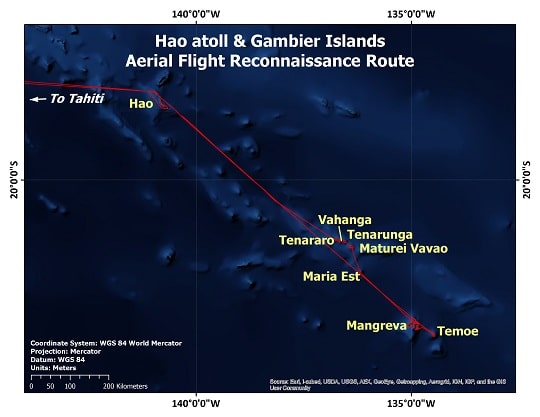After a 3.5 hour flight on the Golden Eye, we reached Hao to begin our third research mission in French Polynesia at Gambier. Hao is a large (56 km X 15 km), low-lying coral atoll at the southeastern end of the Tuamoto archipelago, 920 km east of Tahiti. It has one navigable pass into the lagoon at the north end with a well developed reef system and treacherous currents that may exceed 20 knots. Hao is home to the longest airstrip in the region, used as the support base for the nuclear testing on nearby Mururoa atoll in the mid 1990s, and as a Transoceanic Abort Landing site for U.S. space shuttles. Most of the 1600 inhabitants live at the northeast end of the atoll.
The Acteon Group, at the northwestern end of Gambier Archipelago, consists of four neighboring, isolated atolls about 1400 km from Tahiti. These low-lying coral atolls range in size from about 2 km2 to 18 km2, with a land area of no more than 2.5 square km, bound by a continuous reef, and no access to the central lagoon. Each has a small landing strip to provide access to the dense coconut plantations, but the atolls lack permanent residents.
Continuing southwest about 50 km, we reached Maria Est, an oval-shaped coral atoll that completely encloses a hypersaline lagoon.
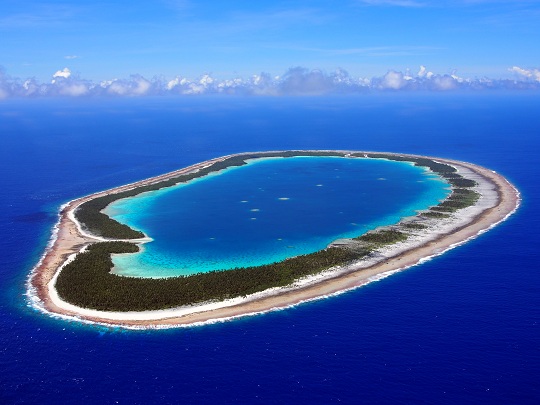
More than 1,600 km southeast of Tahiti, is the Gambier group, a collection of extinct high volcanic islands. The 14 small, mountainous islands are located within an extensive lagoon, and are surrounded by a barrier reef with three navigable passages to the sea. Well developed fringing reefs are found off headlands and on the exposed south and southeast coasts of each island and small coral bommies are scattered throughout the lagoon. The highest point, Mt. Duff, is on Mangareva, rising out of the ocean to an elevation of 441 m. Mangareva is also the largest and most populated island, with about 1200 residents, and an economy based largely on pearl farms.
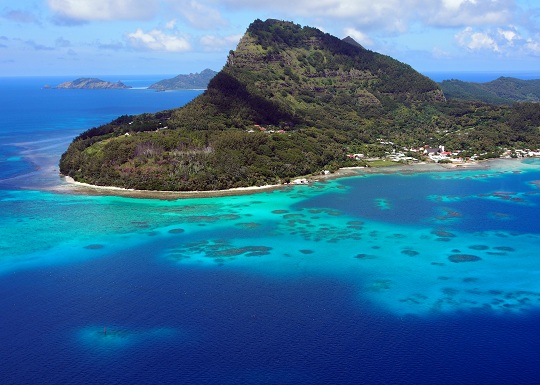
Temoe Atoll, 25 km south of Gambier, is our final destination. Trapezoidal in shape and bound by a continuous reef, many small shallow spillways connect the 23 m deep lagoon, none which are deep enough to allow boat access.
Before departing, we got a spectacular view of the vibrant reefs we were about to witness—an unusually low tide exposed the dense thickets of corals, their branches extending out of the water.
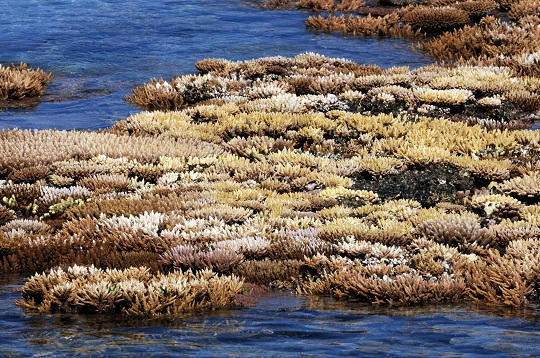
Back in Tahiti, the remainder of the science team joined us, and the Golden Shadow departed a 36 hour journey to Hao in Gambier. For many of the low coral atolls our efforts will focus on the extensive spur and groove reef systems that characterize the front of the reef, facing the ocean. At Hao and Mangareva, we will also characterize the fringing reefs, reticulate reefs and patch reefs within the lagoon.
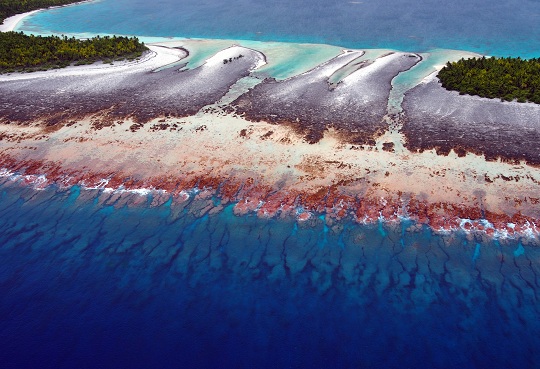
(Photos by: Image 1 Amanda Williams, Photos 2-5 Dr. Andrew Bruckner)
